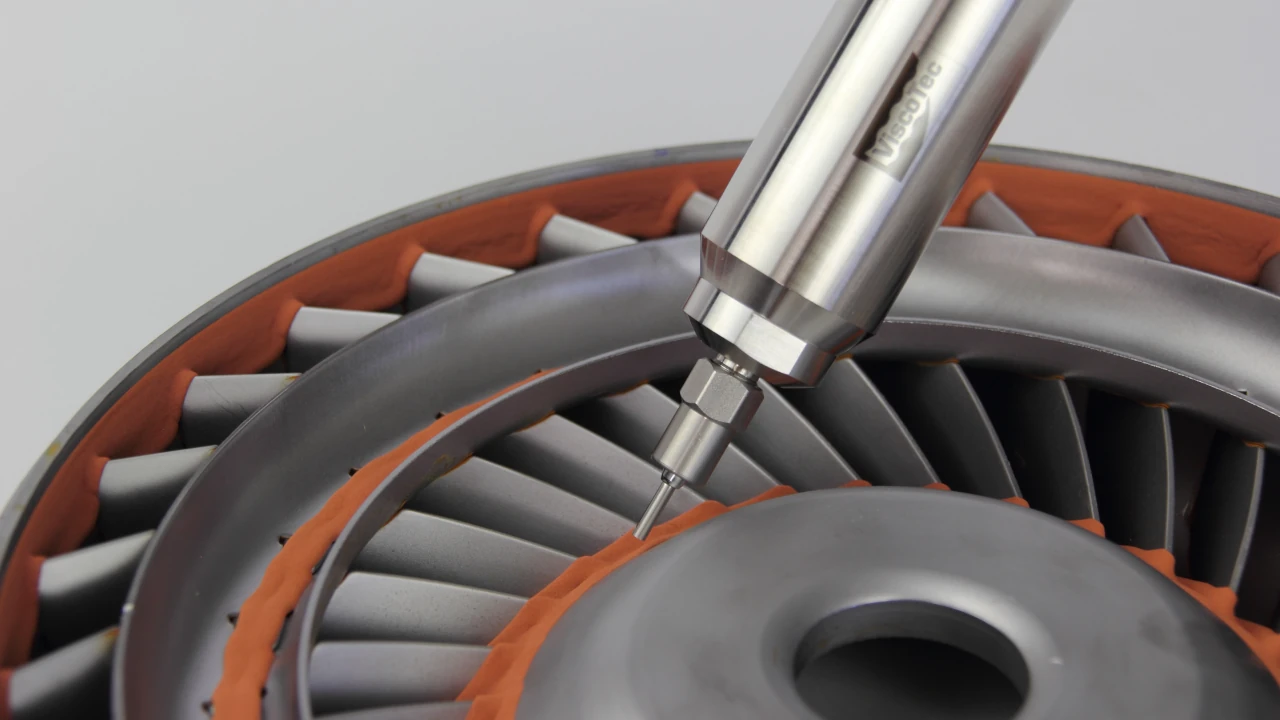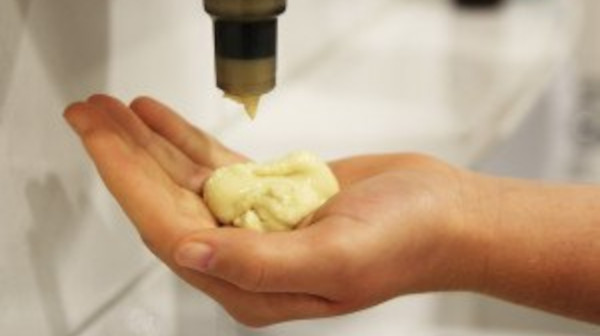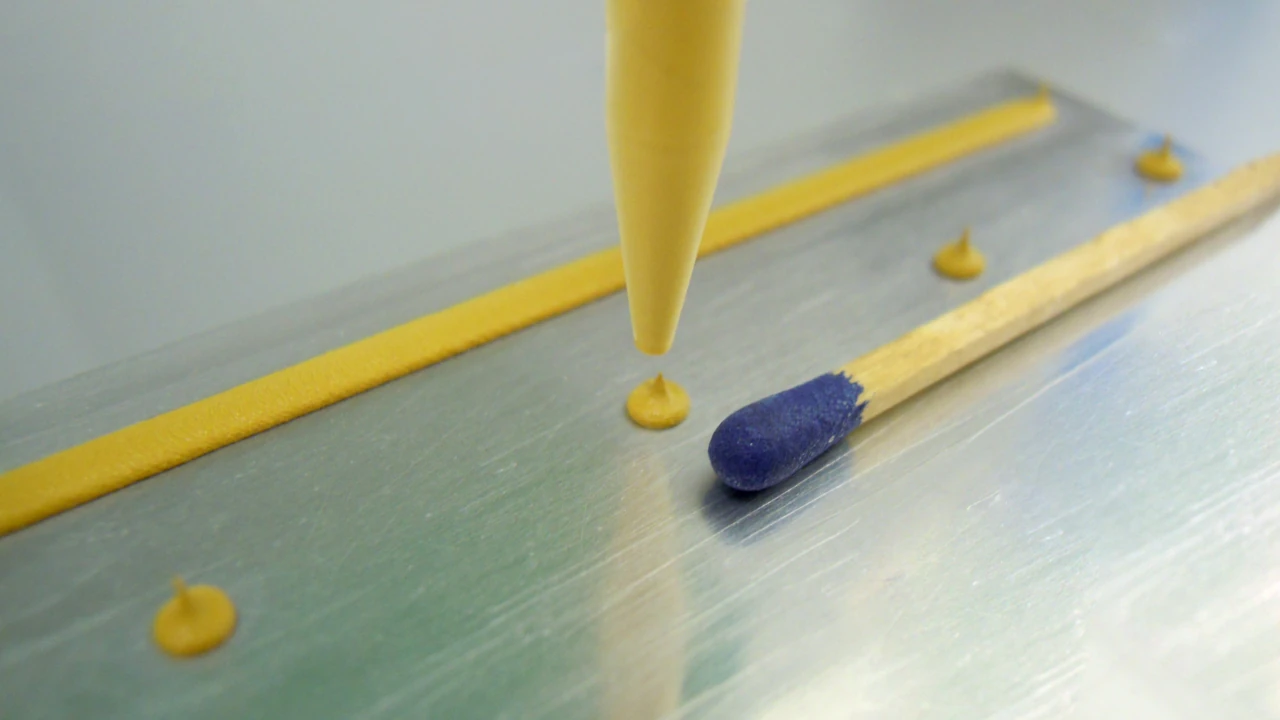Abrasive Fluids
Perfectly dosed with progressive cavity pumps
Progressive cavity pump technology for highly abrasive fluids
In spite of the high abrasiveness of many gap fillers, soldering pastes, flux agents and thermal pastes ViscoTec dispensers meter with particularly low shear and high accuracy for micro doses beginning at 1 µl. Thanks to the endless piston principle. Many applications are located in the automotive industry, the aerospace industry, the electronic industry and in the renewable energy sector – with an increasing trend.
The key component of the rotating displacement pump is the characteristic rotor/stator geometry. As premium provider in this field ViscoTec constantly works on ways to reduce wear for dosing processes significantly. Knowing the impacts of abrasive products on the wear, ViscoTec is able to design rotor and stator materials customized and specific to the particular application. High process expertise combined with optimized wear properties lead to long lifetime and unique performance of the dosing pump – also for highly filled and abrasive fluids.
You are currently viewing a placeholder content from YouTube. To access the actual content, click the button below. Please note that doing so will share data with third-party providers.
More InformationProcess reliability in filling hand wash paste
Hand wash pastes contain lubricating gel and friction particles to mechanically remove dirt from the skin and they are considered to be the most abrasive liquids in the cosmetics sector. The dosing system faces a challenge to fill this fluid into standard packaging (such as buckets, tubes or bags): The filling process incurs high-maintenance costs and downtime due to the above-average wear caused by the abrasiveness of the liquid. With its endless piston principle, ViscoTec offers a technology that allows the paste to be filled with virtually any wear and tear: The paste is volumetrically conveyed by the rotor and stator geometry, thereby avoiding high pressure build up, concentration of solid particles and shearing of the fluid.
The conveying principle therefore counteracts the factors influencing the so-called abrasive wear. ViscoTec’s endless piston principle, with its minimal-wear dosage of abrasive media and cosmetics, is clearly the right choice. A significant increase in effectiveness of the filling process for the pastes can be achieved, with a decrease in costs and maintenance down time.
Filled thermal pastes reliably applied
The application of thermal paste and the dissipation of heat from sensitive components are crucial for the functionality of the component, particularly in the manufacture of electronics. The thermal conductivity of the products can be ensured through the high amounts of filler. ViscoTec dosing systems meet the high demands of the dosing of such complex materials. Thermally conductive pastes are extremely versatile. As a non-curing system they can be applied using a variety of methods and therefore are suitable for a wide range of applications, including both small and large surface areas. For small surface areas, the paste can be applied accurately using dosing equipment. Ideally, a thin, uniform layer of paste is dispensed between two contact surfaces.
ViscoTec is clearly focused at dispensing solutions and offer a wide range of equipment suitable for dispensing thermal management products as well as other materials. Having worked with ViscoTec on a number of projects, collaboration has always been key to our success.
Checklist for dosing technology procurement:
- Which particular characteristics does this fluid have?
- In which containers is the material to be delivered?
- Is the material to be applied ready to be processed and/or dosed or does it require preparation?
- Do preliminary tests in the laboratory need to be carried out due to high technical requirements?
- Have all mechanical details been clarified? (Hose lengths, connectors, adapters, mountings)
- Have all electrical details been clarified? (Signal exchange, electrical connections, interfaces)
- Has sufficient attention been given to all criteria for the dosing of abrasive materials?



